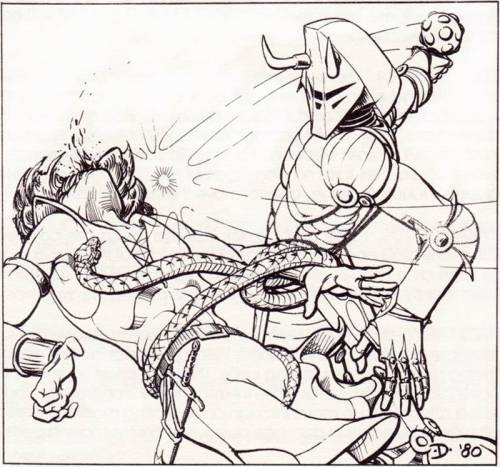"Thinking beings of earth planet. This message was sent subsequent to the bravery of Yuri Gagarin and the achievements of the Soviet Union, but its intended recipient is every individual of your species. We are the Esoteric. We are now honored to admit you into the interstellar society. Many things we have to show you will definitely shock you and cause confusion. We have regret in that our policies mean you are living in a controlled environment where your understanding of physics has been restricted. We guarantee that this was done to protect you. Now, you are graded ready to have the safety guard removed to more fully experience the universe. We look forward to meeting with your government representatives and giving you a menu of offered services."
The poorly translated message broadcast to the entire planet was from beings who called themselves the Arcane. They revealed the image of the solar system taking shape from modern observations was an illusion. The real solar system was teeming with life, and ships powered by something more like magic that rocketry sailed through the heavens.
Once the principals were understood, humanity was able to get impossible, physics-defining things to happen even deep within Earth's gravity well, but it was always easier the thinner the atmosphere was. Humanity wasted no time in establishing orbital colonies and bases on the Moon, though they were ultimately more fantastic than anything science fiction had dreamed since the Victorian era. Once trade started with Mars and magical wood was imported, even private individuals were able to build all manner of spacecraft.
The Space Age had truly begun.
One thing that would have to determine with a setting like this is how technology Earth's technology would work in the Spelljammer type space. Could guns (or nuclear weapons) be exported into space. Spelljammer ships look much like sailing ships, but I don't know that the setting requires that as written. Could a C-47 cargo plane fly through "space?" What about a nuclear submarine, if it could get there?
The answers to these questions would perhaps take you further afield from trad fantasy, potentially moving things in a pulpier (and I think) more interesting direction, but it would make it harder to implement with D&D rules.









.jpg)





























